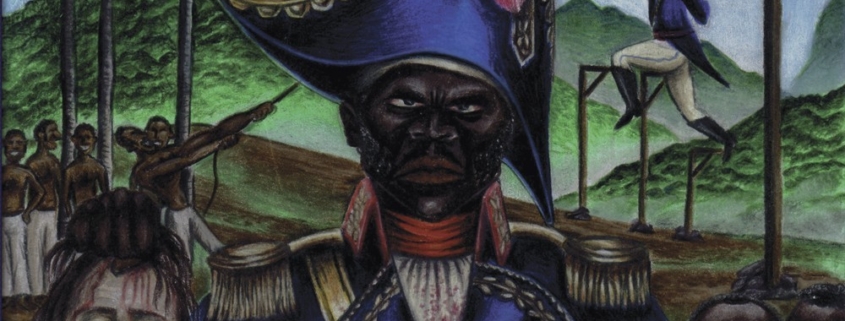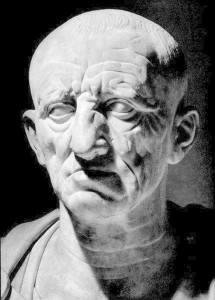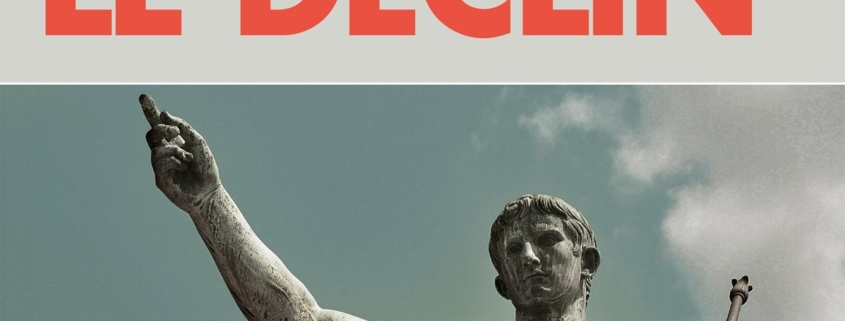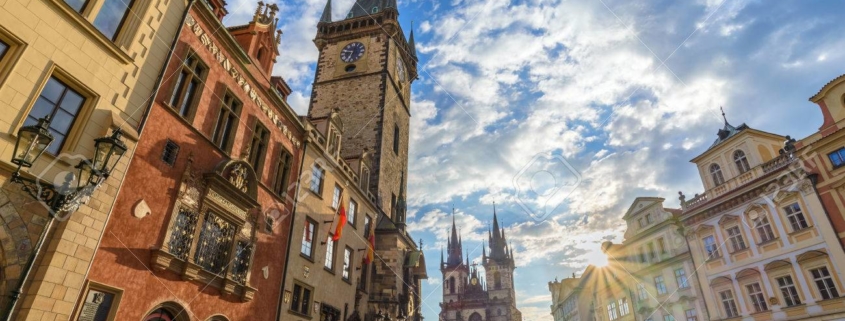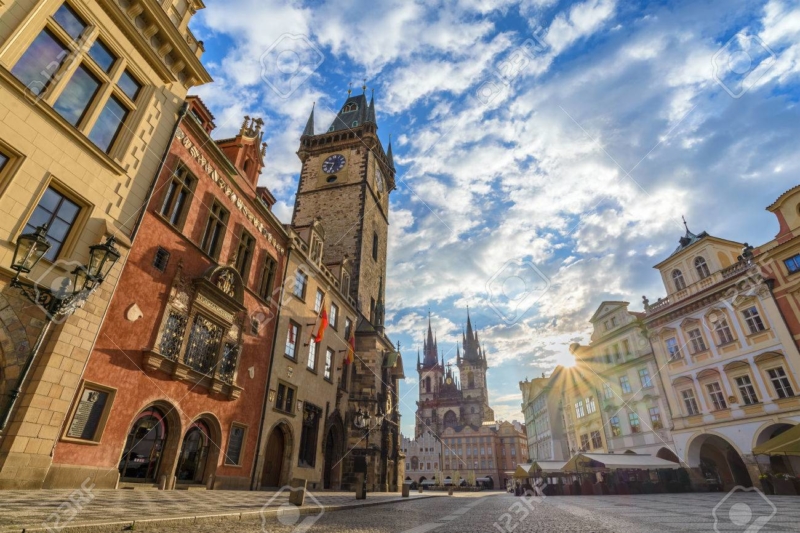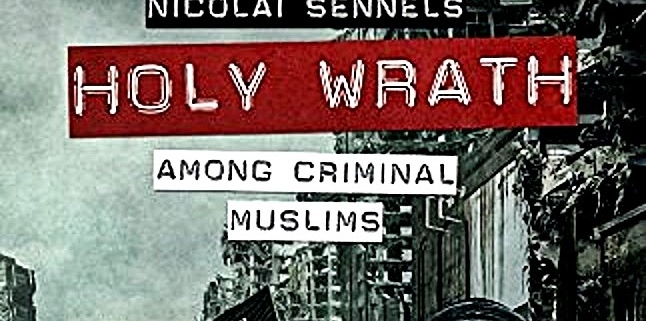Lothrop Stoddard’s “The French Revolution in San Domingo,” Part 1
This is a foreword that I wrote for Lothrop Stoddard’s The French Revolution in San Domingo, published in 2011.
* * *
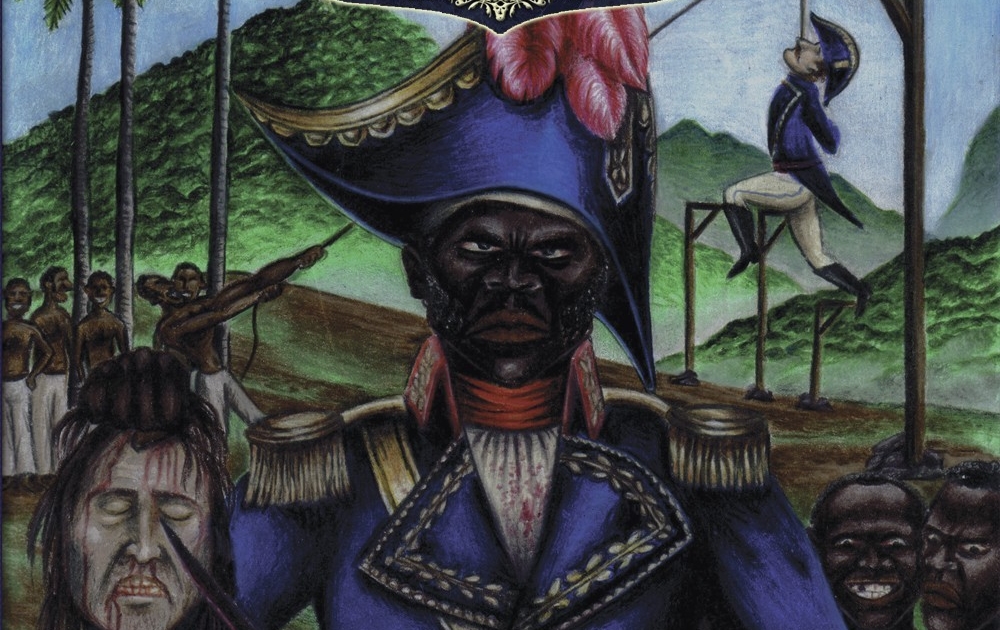
Lothrop Stoddard on the French Colonists in San Domingo
Historian Frank Moya Pons, writing in The Cambridge History of Latin America, describes Lothrop Stoddard’s The French Revolution in San Domingo as “a book now out of fashion because of its racism, although retaining some interest.” [1]
Interesting indeed, because it reflects the racial views of an important set of American intellectuals in the early twentieth century. There was a time when evolutionary thinking was widely considered to be the key to racial self-defense.[2] Although it didn’t play a role in the Congressional debates (itself an indication of the rapidly changing intellectual context), evolutionary thinking was prominent among some of the elite intellectual proponents of immigration restriction in the 1920s. This was the heyday of eugenics—motivated by concern about deterioration of the gene pool because modern civilization had increased the moral and intellectual burdens of life at the same time that natural selection had been relaxed because of advances in medicine, hygiene, and nutrition. Lothrop Stoddard’s The Revolt against Civilization: The Menace of the Under-Man exemplifies these trends.[3]
Race is indeed central to Stoddard’s volume. Written at a time when the science of race, race differences, and eugenics were at their height, Stoddard sees the conflict as fundamentally about race. But his view is that of a race realist. Unlike the vast majority of contemporary intellectuals, he sees race for what it is: a gargantuan fault line that separates humans.
However, Stoddard never comes across as a cheerleader for the Whites in their conflicts with Blacks and mulattos. Indeed, the Whites are described in highly unflattering terms—an important corrective to the view one might glean from previous chapters emphasizing the high-mindedness of Whites in the anti-slavery movements. Many are “shady characters”—opportunists out to make money and without any moral scruples. Heavy drinking and gambling are pervasive. The Whites are the consummate individualists. They are not a people but “only a mass of individuals.” Poor Whites were adventurers, unable to compete with slave labor and therefore forced to make a living by any means necessary. However, we also see strains of moralistic idealism noted in previous chapters as a characteristic of northern Europeans.
It’s difficult to have sympathy for the White planters. They live in a world of “material crudity … intellectual poverty and mental isolation.” They are surrounded by outrageous retinues of slaves, living like an Oriental potentate. Stoddard quotes a contemporary observer, Moreau de Saint-Mery: “That crowd of slaves which hangs upon the master’s lightest word or sign, lends him an air of grandeur. It is beneath the dignity of a rich man to have less than four times as many servants as he needs. The women have an especial gift for surrounding themselves with a useless retinue.”
The rich Whites are unsocial and quarrelsome with their neighbors. Another observer, DeWimpffen describes the “pretensions, either ill-founded or ridiculous; jealousies of each other’s fortune, more ridiculous still; disputes about boundaries . . . and finally trespasses committed by the negroes or the cattle — occasion such a misunderstanding, or such a coolness, that all reciprocal communication is out of the question. Consequently, as nothing is so savage as the recluse who is not so by choice, you must not be surprised that each owl rests in his hole, and that so little sociability reigns among men who have few or no sociable qualities.” Read more

